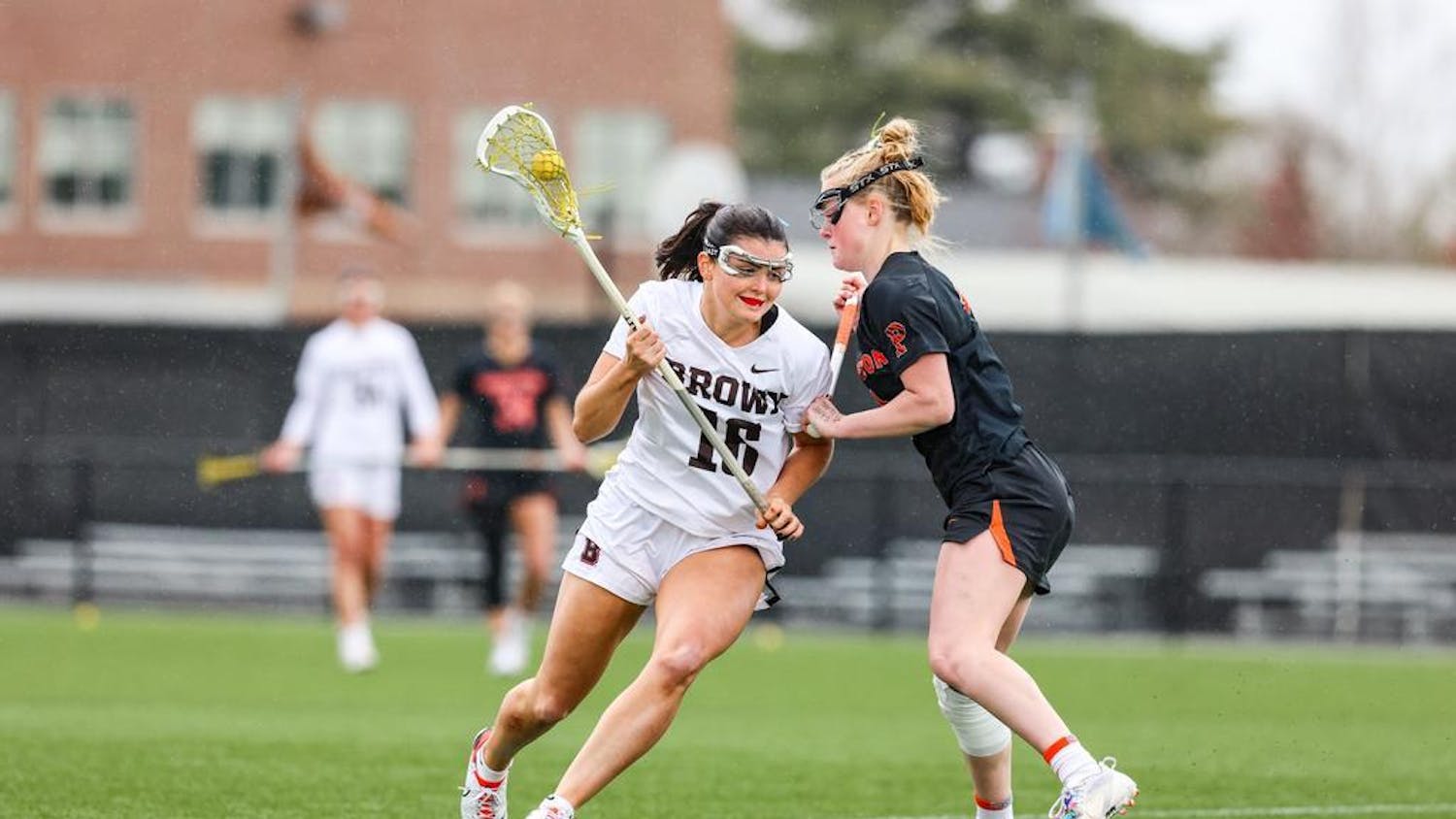With a 2-1 loss to Trinidad and Tobago this October, the United States Men’s National Soccer Team was eliminated from World Cup contention, missing out on the tournament for the first time since 1986. Even before Trinidad and Tobago sealed their fate, a string of losses and poor play early in the qualification stages raised major doubts for the USMNT. How did the United States get in this mess, and is there a way out?
Despite having resources and opportunities, the team has been mired in mediocrity, compared to America’s success in other sports. The United States enjoys perennial success in sports that it invented and has monopolized, like baseball, basketball and football. But the country also wins on the international stage in other sports with a more level playing field. Recent medals in hockey, track and field, swimming and gymnastics show that the United States does not need to invent the sport to succeed in it. So why is soccer different?
The answer is that the bar is simply a lot higher in soccer. In most countries besides the United States, soccer is a way of life. Dribbling, juggling, passing and shooting are second nature, similar to the way throwing a baseball or shooting a basketball is natural for many Americans. As the most popular sport in many countries around the world, soccer attracts the premiere young athletes, whereas many of the best young Americans gravitate toward the four “major” sports that are visible in the media and dole out the biggest paychecks.
The United States already starts at a disadvantage to countries that have soccer ingrained as the primary sport in their culture, but it does have the resources for national team development and support that other countries cannot match. As a result, the United States has been able stay relevant in World Cup competitions, sneaking into the top eight in 2010 and tying Portugal to advance to the round of 16 in 2014. This time around, the building came tumbling down in the early stages of World Cup qualification, with back-to-back losses against Costa Rica and Mexico and the ousting of long-time head coach Jurgen Klinsmann.
However, in the later stages of qualification, the United States turned things around, revealing some bright signs for the future. Bruce Arena replaced Klinsmann as head coach and the team bounced back with a stretch of wins and draws, bringing them closer to qualification. In this period, 19-year-old Christian Pulisic emerged as the team’s undisputed best player. He was involved in 12 of United States’ 17 goals in the last round of qualification. He provides promise at the striker position with the finesse and quickness needed to score on the international stage. Were it not for a last-minute tie against Honduras in the third-to-last match and a loss to Trinidad and Tobago in the final match, the United States would have been able to successfully right the ship and qualify for the World Cup in Russia.
Hope for the USMNT resides in youth. Pulisic leads the group as a starter in the latest international matches, but the United States’ investment in its junior teams is paying off. Weston McKennie, Jonathan Gonzalez and Tyler Adams are all teenagers playing professionally ready to answer the bell in the next round of World Cup qualifying in 2019. A stagnant midfield unable to feed the strikers is one of the main issues for the team right now, and Gonzalez and Adams will be able to fill that hole.
On a larger scale, Major League Soccer commissioner Don Garber has a plan for the rise of soccer as another one of America’s major professional sports. Between 1999 and now, the MLS has almost doubled in size, from 12 teams to 22, not including two additional clubs slated to spring up in Miami and Los Angeles by 2019. The value of these teams has increased about 80 percent over the last four years, and with more prominent television spots and stadiums, the MLS has grown in visibility. Garber has also implemented programs to incentivize youth participation in soccer. With involvement in football steadily declining due to the dangerous consequences of head injuries and brain trauma, soccer may be well suited to act as a substitute fall sport.
Despite the inexcusable loss to Trinidad and Tobago that excluded the USMNT from World Cup participation, it has a number of bright spots in the young players who will fill in at midfield. The role of the MLS is also increasing in American culture and media and that will do favors for the national team going forward. While the United States missed out on this World Cup this year, they are well-positioned to be a team of the future.
Charlie Blasberg ’18 can be reached at charles_blasberg@brown.edu.




